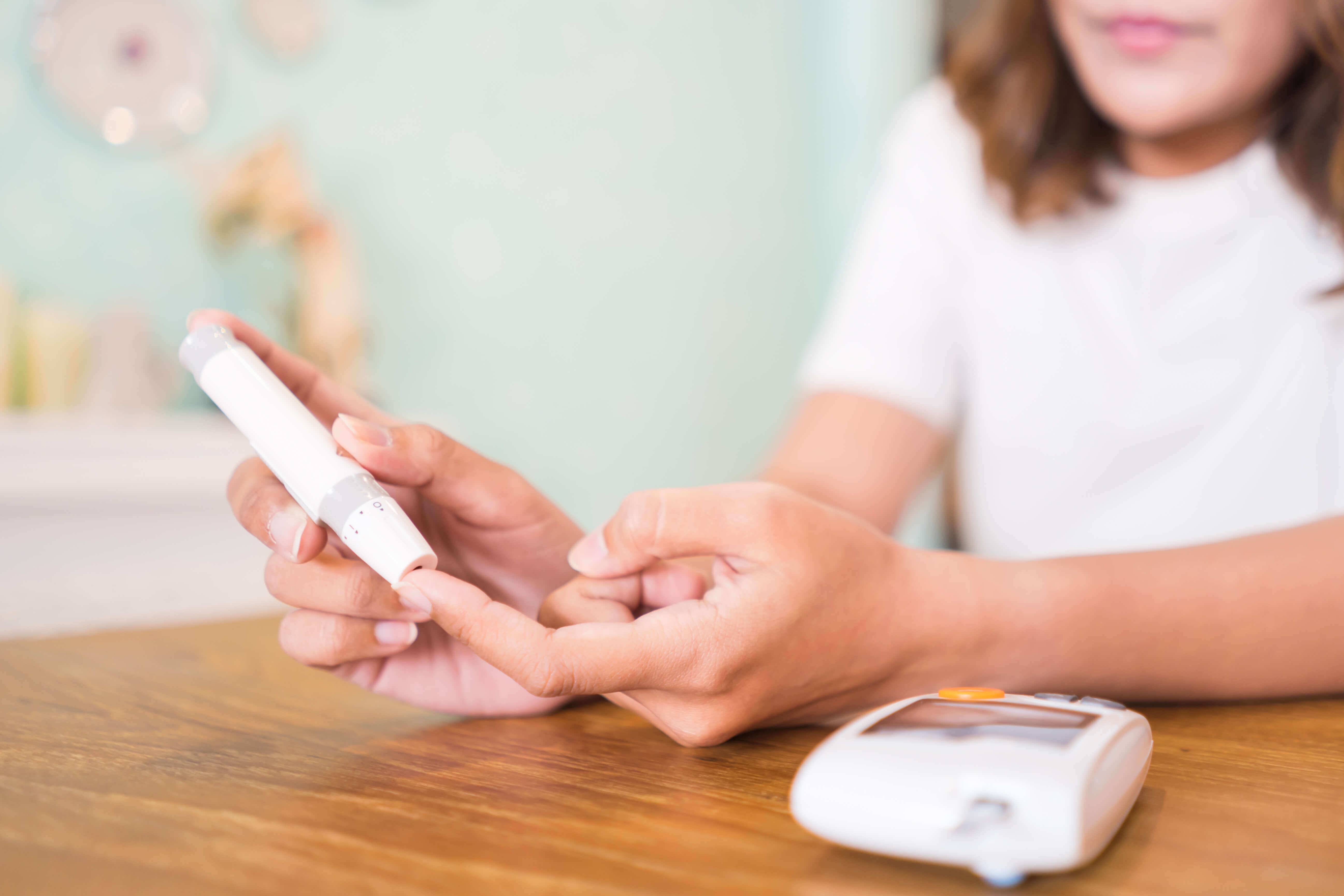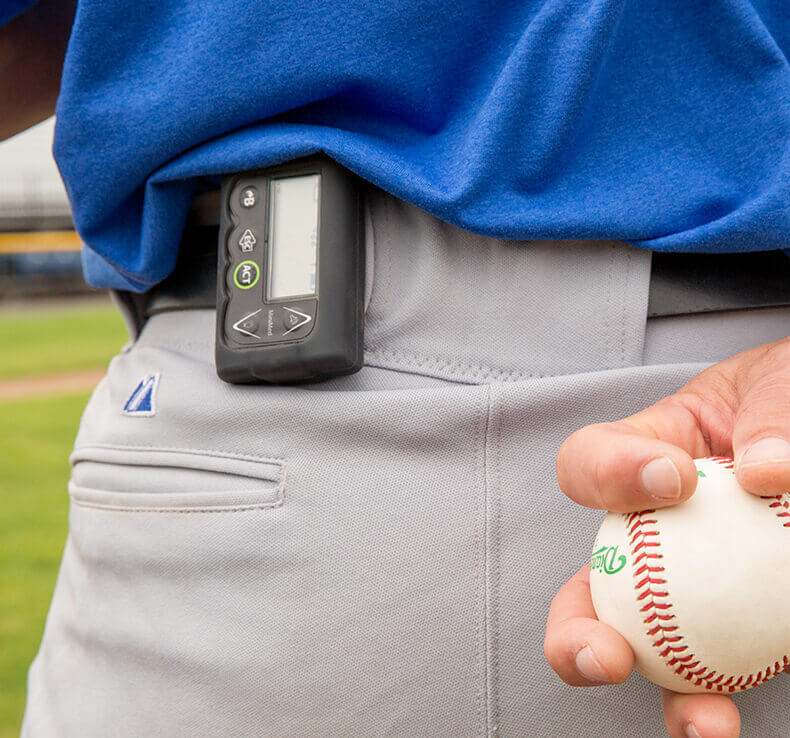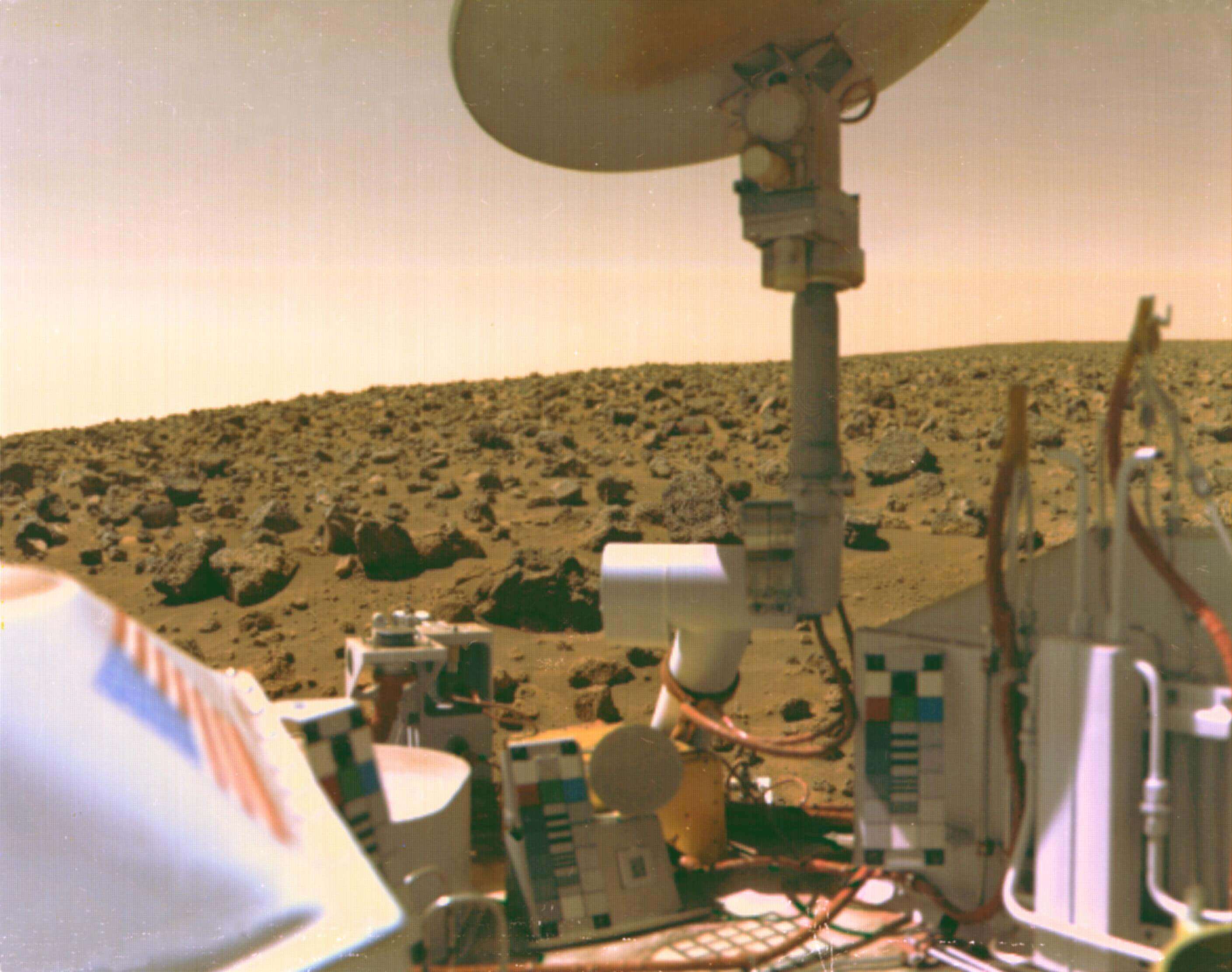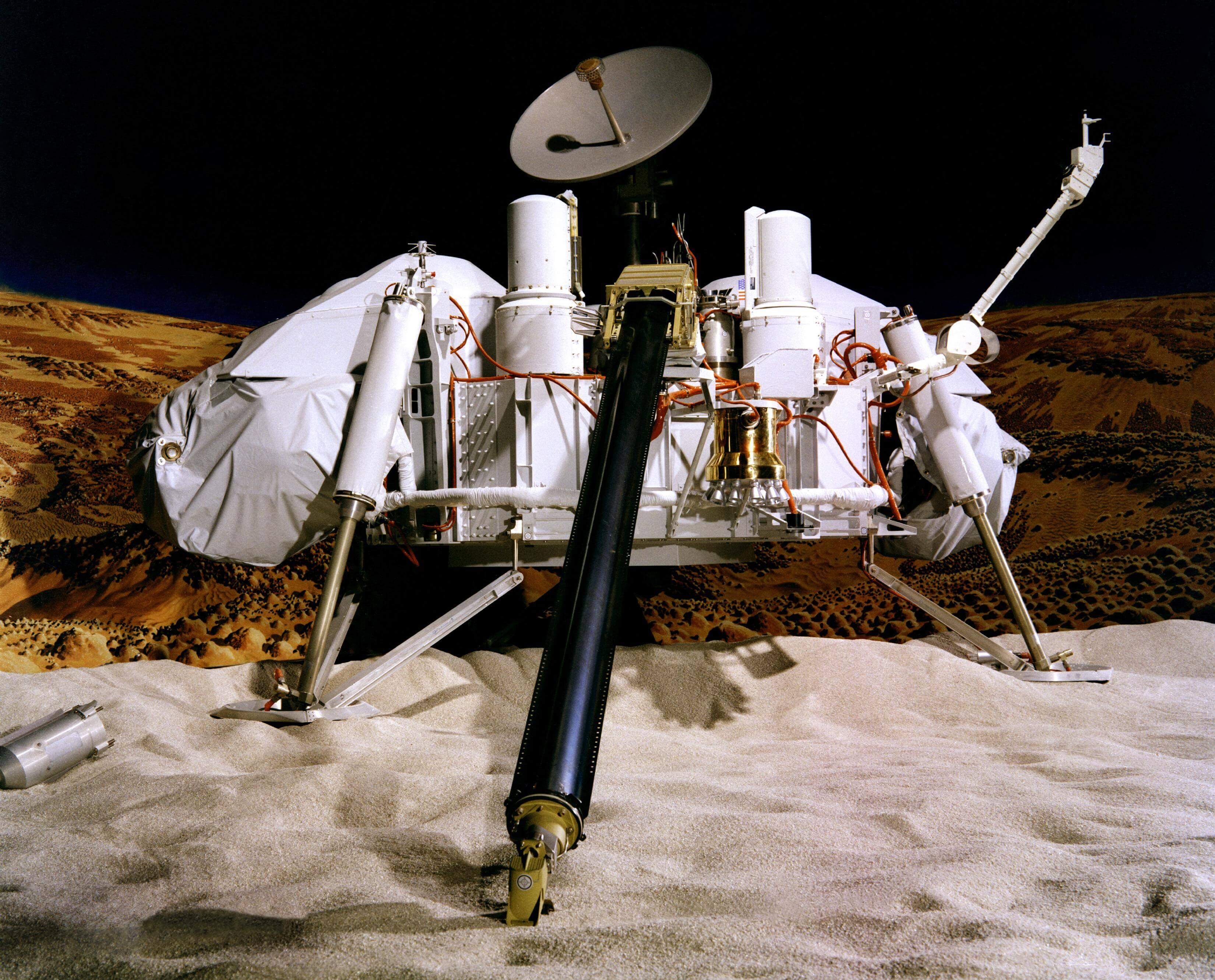



People with severe diabetes need to keep close watch of their insulin levels, and some need to give themselves multiple daily injections to keep blood sugar levels healthy. A portable automatic insulin pump, based on a miniaturized fluid control system used in the search for life on Mars, takes over and does all the work for them. It delivers insulin continuously at preprogrammed rates, allowing the wearer to lead a more normal existence by participating in sports and traveling freely.
In 1975, the Viking spacecraft landed on Mars and sent images of the Red Planet's surface back to Earth — a historic first. The twin landers also conducted a series biological experiments, searching for possible signs of life. One of the experiments, called Labeled Release, mixed a tiny drop of water with samples of Martian soil, requiring precise control of the fluid to ensure just the right amount of water was mixed in at the right time.
Learn more about how NASA helped develop technology that impacts automatic insulin pumps within your city's medical environment!